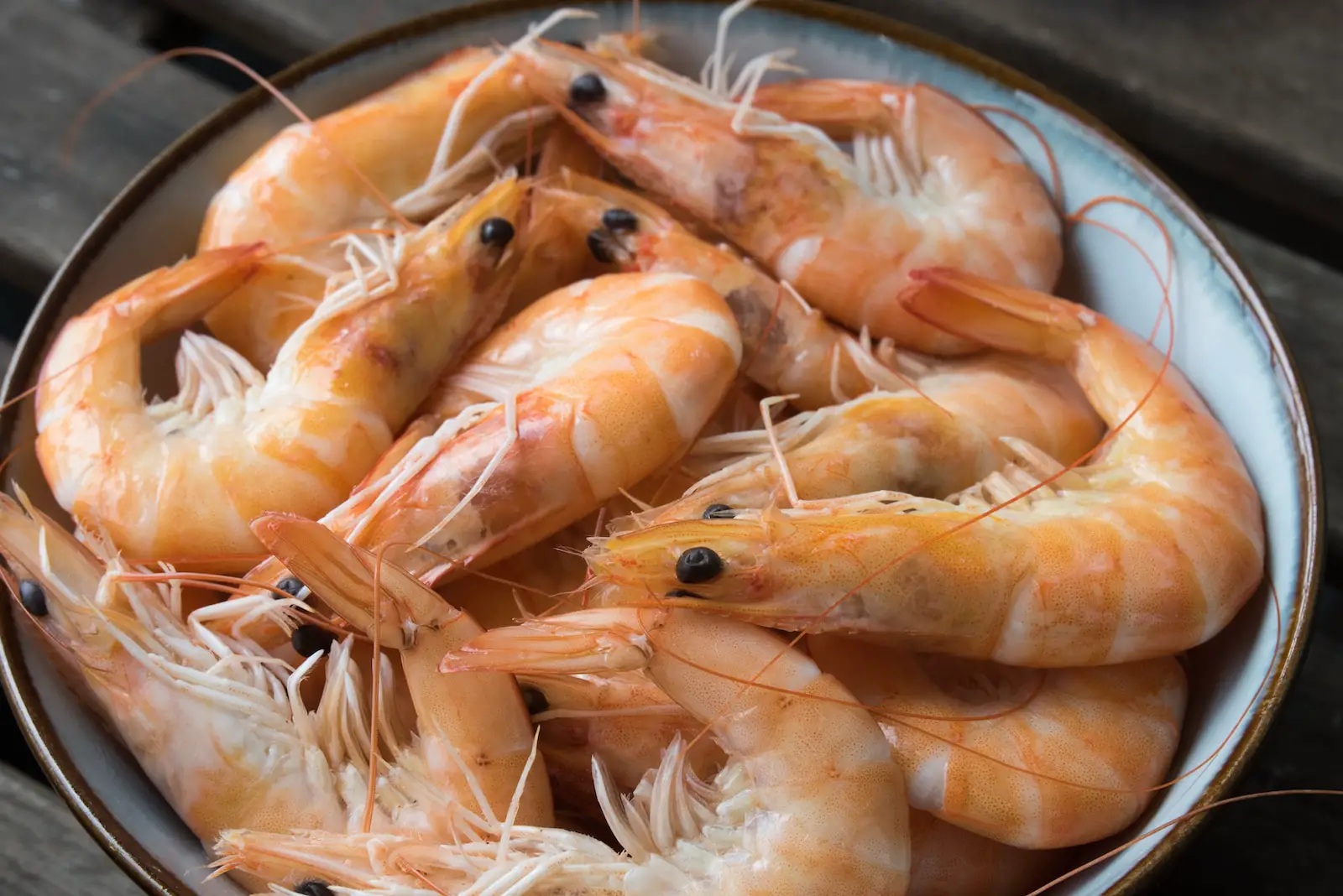
Cooked shrimp is a delicious and versatile seafood that can be enjoyed in a variety of dishes. However, it is important to know how to tell if cooked shrimp has gone bad, as consuming spoiled shrimp can lead to food poisoning and other health issues.
One of the most obvious signs that cooked shrimp is bad is a strong, unpleasant odor. If the shrimp smells sour, ammonia-like, or generally off-putting, it is likely no longer safe to eat. Similarly, if the texture of the shrimp feels slimy or mushy, this can also be a sign of spoilage.
It is important to note that cooked shrimp can also develop a pink or reddish color due to a natural pigment called astaxanthin. This does not necessarily mean that the shrimp is bad, as long as it has been properly stored and does not have any other signs of spoilage. By learning how to identify the signs of bad cooked shrimp, you can ensure that you are consuming safe and delicious seafood.
Table of Contents
Understanding Shrimp Quality
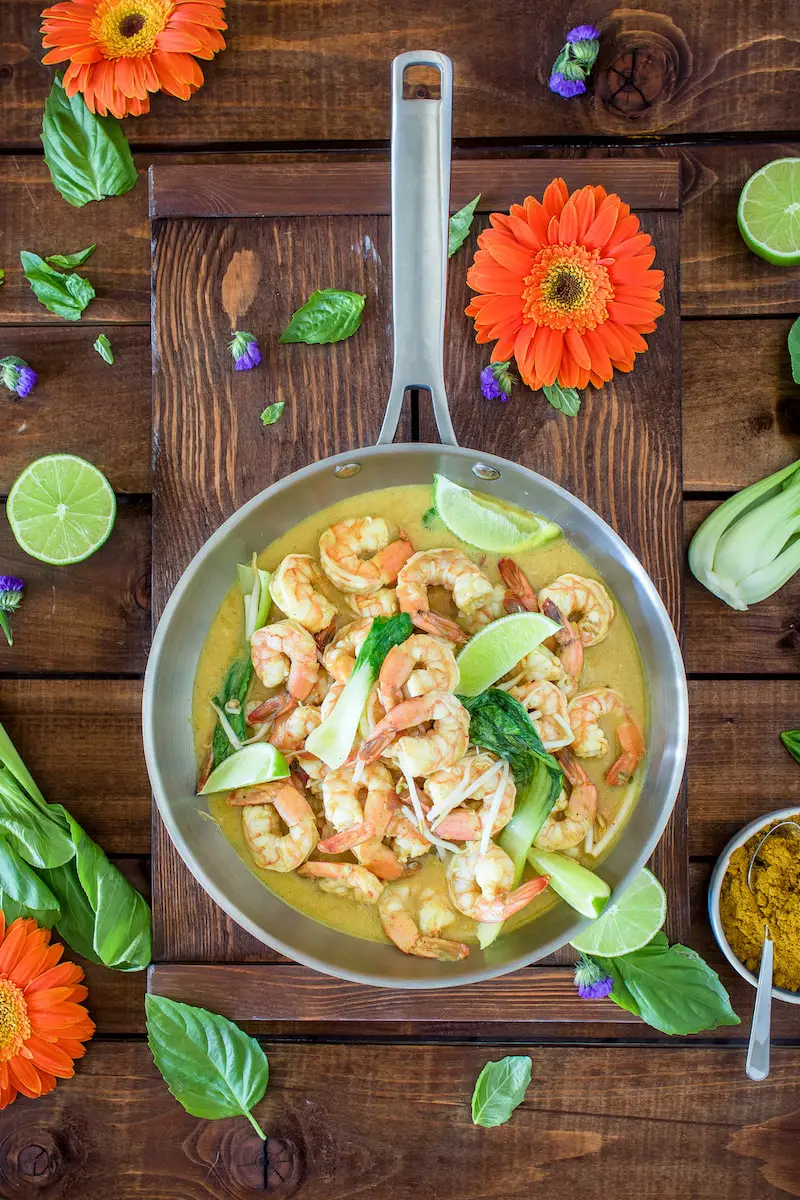
Shrimp is a popular seafood that can be enjoyed in a variety of dishes. However, it is important to ensure that the shrimp you are consuming is of good quality to avoid any risk of food poisoning or illness. Here are some factors to consider when assessing the quality of shrimp:
Appearance
Fresh shrimp should have a translucent and firm flesh with a mild odor. The color of the shrimp can vary depending on the species, but it should not have any discoloration or black spots. Cooked shrimp should have a pink or reddish color and a firm texture.
Smell
Fresh shrimp should have a mild, ocean-like smell. If the shrimp smells sour, ammonia-like, or has a strong fishy odor, it may be spoiled and should not be consumed.
Texture
Fresh shrimp should have a firm texture and should not feel slimy or mushy. Cooked shrimp should also have a firm texture and should not be rubbery or tough.
Storage
Proper storage of shrimp is crucial to maintaining its quality. Fresh shrimp should be stored in the refrigerator at a temperature between 32-40°F and should be consumed within 2-3 days of purchase. Cooked shrimp should also be stored in the refrigerator and should be consumed within 3-4 days. Frozen shrimp should be kept at 0°F or below and can be stored for up to 6 months.
By considering these factors, you can ensure that the shrimp you are consuming is of good quality and safe to eat.
Physical Indicators of Spoiled Shrimp
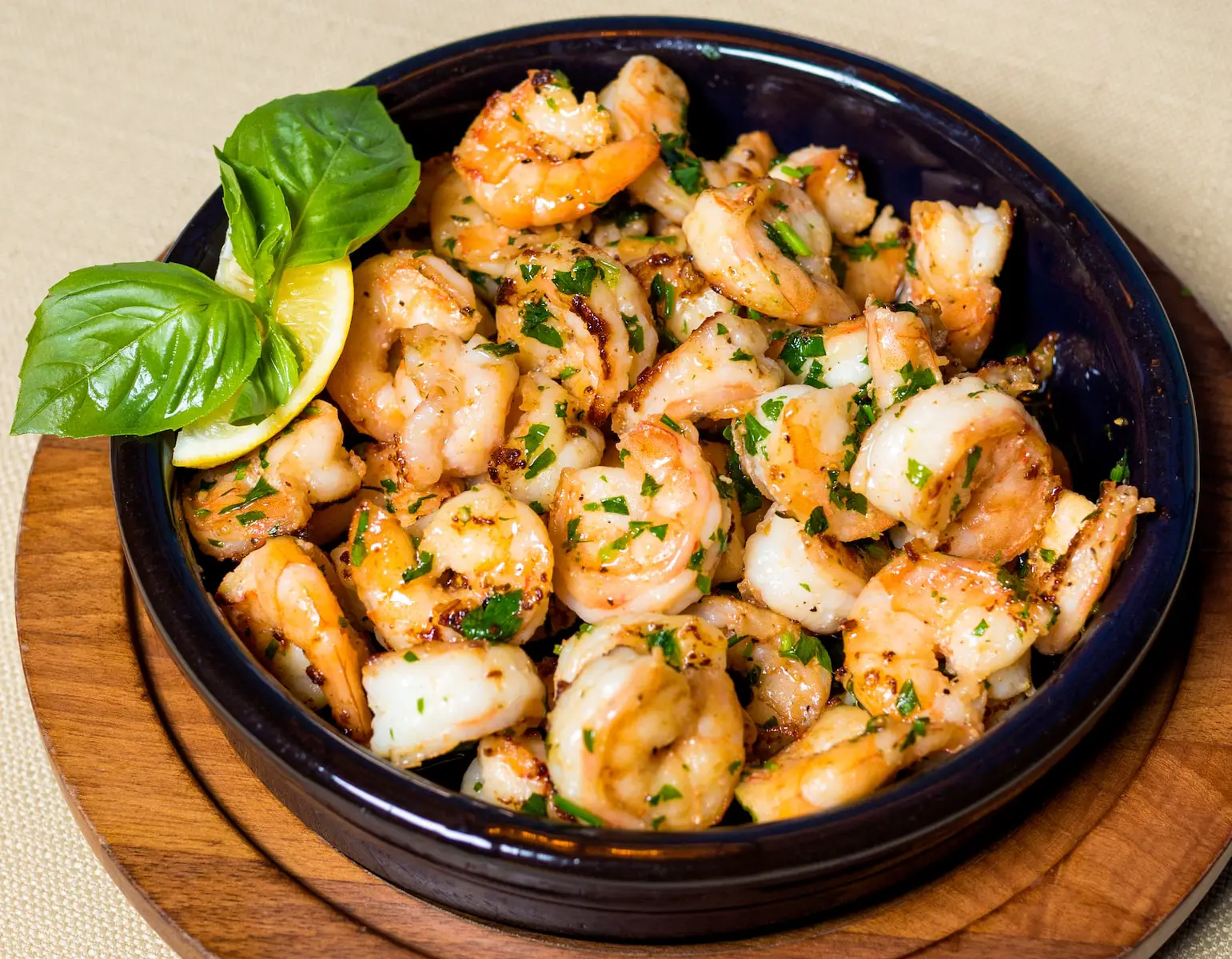
When it comes to cooked shrimp, there are several physical indicators that can help determine if the shrimp has gone bad. These indicators include color discrepancies, texture changes, appearance and blemishes, and shrimp shell and head condition.
Color Discrepancies
One of the most obvious signs that cooked shrimp has gone bad is a change in color. If the shrimp appears pink, gray, or has any discoloration, it is likely spoiled. Black spots or whitish or grey areas on the shrimp can also indicate spoilage. Additionally, if the shrimp appears transparent or translucent, it is best to avoid consuming it.
Texture Changes
Texture changes are another indicator of spoiled cooked shrimp. If the shrimp has a slimy or mushy texture, it is likely bad. Cooked shrimp should have a firm texture, and any slimy or tough texture can indicate spoilage.
Appearance and Blemishes
Appearance and blemishes are also important indicators of cooked shrimp spoilage. Any discoloration or blemishes on the shrimp can indicate that it is no longer safe to eat. Additionally, if the shrimp has an eye or any visible shell or headaches, it is best to discard it.
Shrimp Shell and Head Condition
Finally, the condition of the shrimp shell and head can also indicate spoilage. If the shell or head appears discolored or has any black spots or blemishes, it is best to avoid consuming the shrimp. Additionally, any visible signs of damage or decay on the shell or head can indicate that the shrimp has gone bad.
In summary, it is important to pay attention to the physical indicators of cooked shrimp spoilage, including color discrepancies, texture changes, appearance and blemishes, and shrimp shell and head condition. By doing so, consumers can ensure that they are consuming safe and healthy seafood.
Smell and Taste Indicators
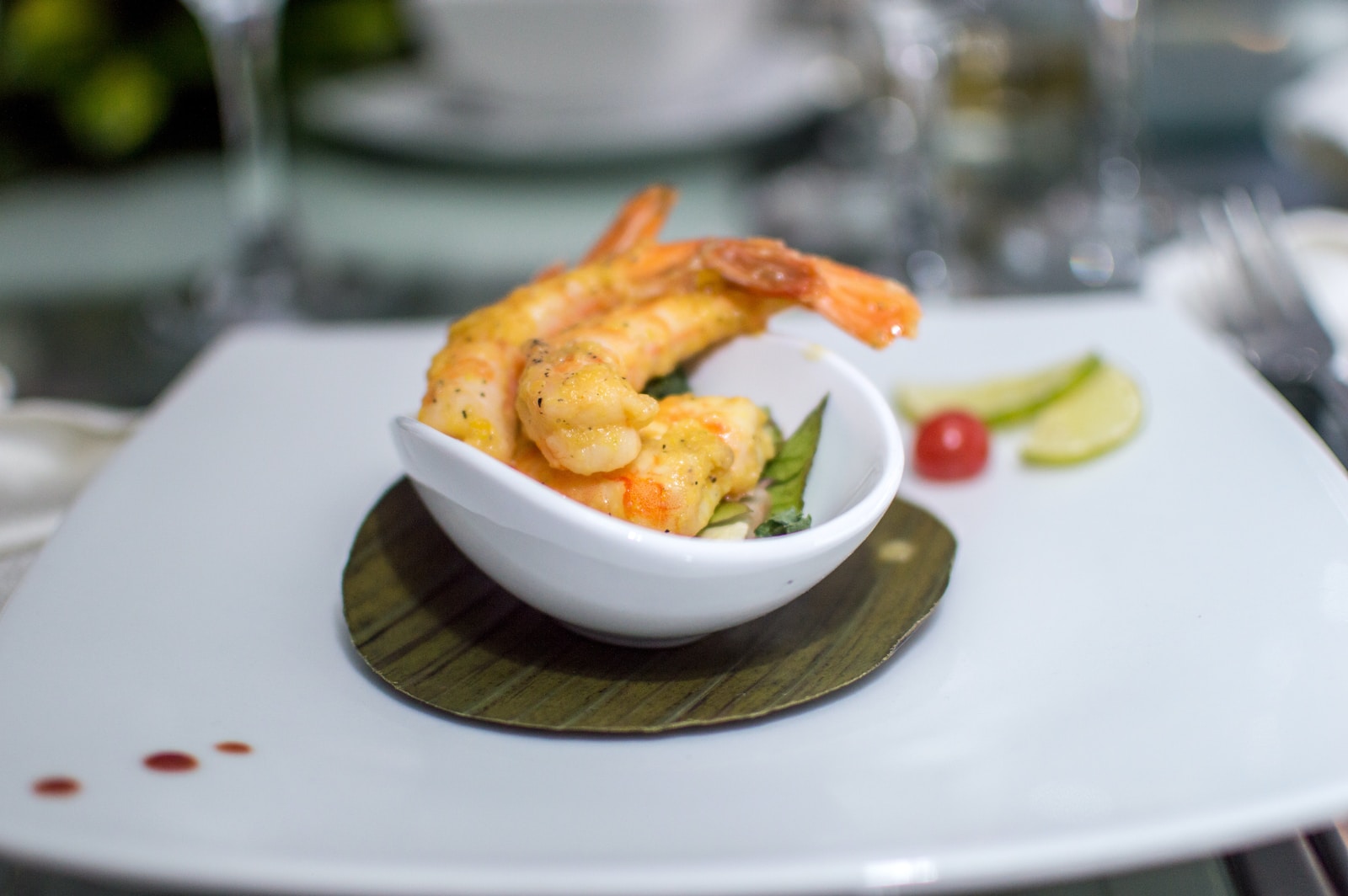
One of the most reliable ways to determine if cooked shrimp has gone bad is to use your sense of smell and taste. Here are some indicators to look out for:
- Smell: If the cooked shrimp has a sour or fishy smell, it’s likely that it has gone bad. A strong ammonia aroma is also a sign that the shrimp is no longer fresh.
- Taste: When cooked shrimp has gone bad, it will often have a salty or fishy taste. If you notice either of these flavors, it’s best to avoid eating the shrimp.
It’s important to note that while some shrimp may have a natural fishy smell, this shouldn’t be overpowering or unpleasant. If the smell is particularly strong or unpleasant, it’s best to err on the side of caution and not consume the shrimp.
Additionally, if you notice any slimy or discolored patches on the shrimp, it’s a sign that it has gone bad and should not be eaten. When in doubt, it’s always better to throw out questionable shrimp rather than risk getting sick.
Health Risks of Consuming Bad Shrimp
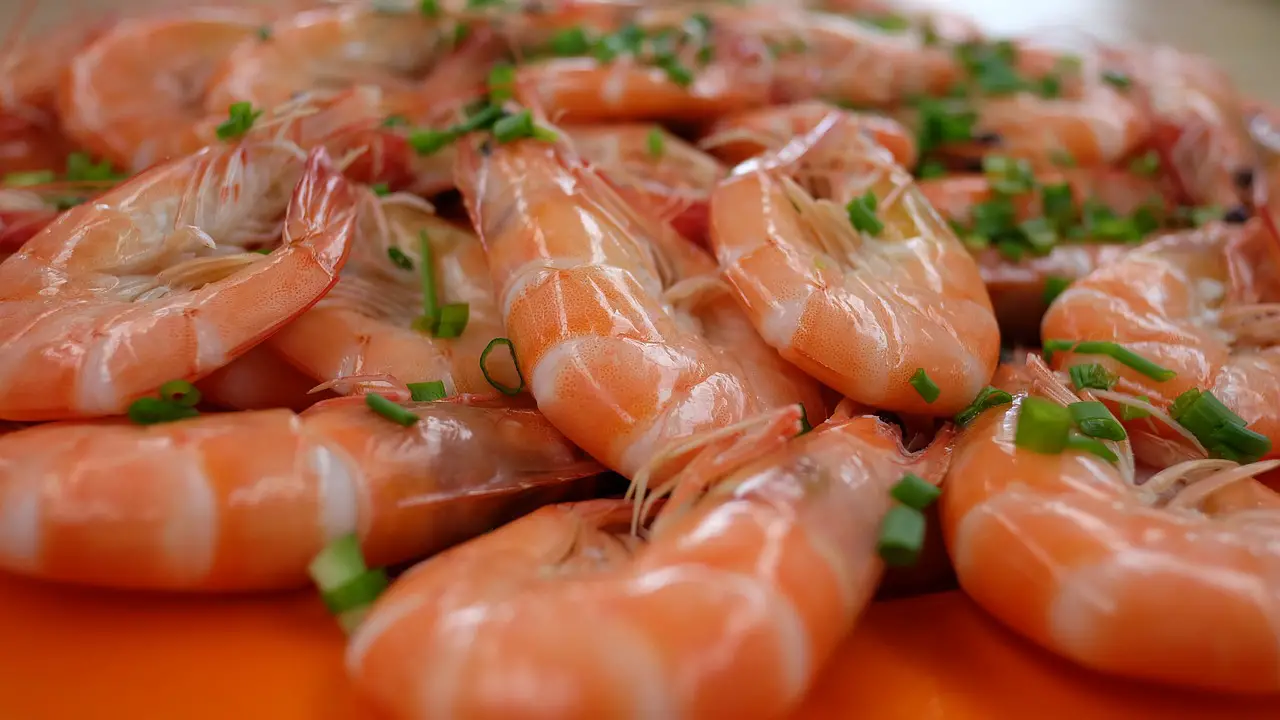
Consuming bad shrimp can lead to various health risks. Shrimp can become contaminated with bacteria or viruses during harvesting, handling, processing, or storage. Eating spoiled shrimp can cause food poisoning, which can result in symptoms such as nausea, vomiting, diarrhea, cramps, and abdominal pain.
In addition to bacteria and viruses, bad shrimp can contain toxins that can cause foodborne illness. Some species of shrimp can accumulate toxins from harmful algal blooms, which can cause symptoms such as tingling or numbness in the mouth, dizziness, and even paralysis in severe cases.
Moreover, bad shrimp can be infected with parasites, such as Anisakis, which can cause gastrointestinal symptoms, including nausea, vomiting, and abdominal pain. In rare cases, Anisakis can penetrate the intestinal wall and cause an allergic reaction or even lead to anaphylaxis.
It is essential to properly store and cook shrimp to reduce the risk of consuming bad shrimp. Shrimp should be kept refrigerated at 40°F or below and cooked to an internal temperature of 145°F to kill any harmful bacteria, viruses, or parasites. If you notice any signs of spoilage, such as a fishy odor, slimy texture, or discoloration, discard the shrimp immediately to avoid any health risks.
Storage and Shelf Life of Shrimp
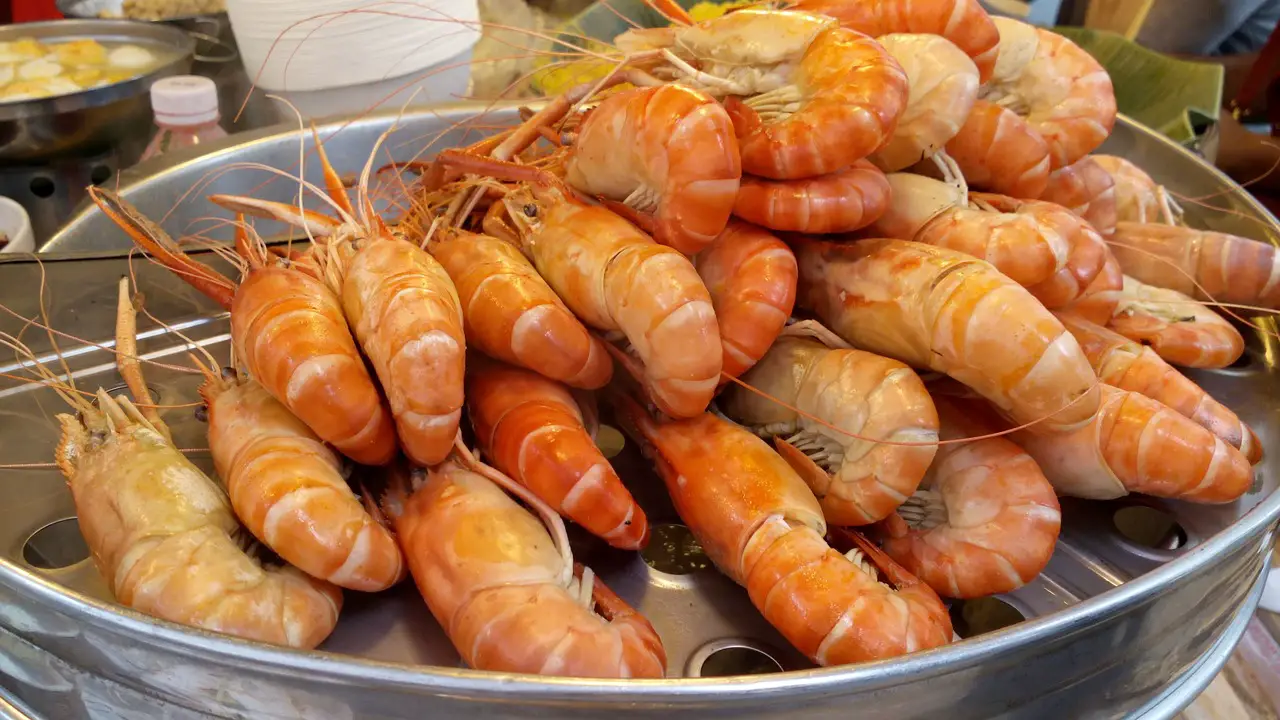
Refrigerator and Freezer Guidelines
Storing cooked shrimp properly is essential to ensure its freshness and avoid the growth of harmful bacteria. Here are some guidelines to follow:
- Refrigerator: Cooked shrimp can be stored in the refrigerator for up to 3 days. It should be placed in an airtight container or wrapped tightly in plastic wrap. Avoid storing it in the door of the fridge, as the temperature fluctuates more there.
- Freezer: Cooked shrimp can be stored in the freezer for up to 6 months. To prevent freezer burn, it should be wrapped tightly in plastic wrap or aluminum foil, or placed in an airtight container. It’s best to freeze it as soon as possible after cooking, and avoid refreezing it once it has thawed.
Understanding Shelf Life
Shrimp has a limited shelf life, even when stored properly. Here are some things to keep in mind:
- Age: The older the shrimp, the shorter its shelf life. Cooked shrimp should be consumed within a few days of cooking to ensure its freshness.
- Temperature: Shrimp should be stored at a temperature below 40°F to prevent the growth of harmful bacteria. If it has been left out at room temperature for more than 2 hours, it should be discarded.
- Ice Crystals: If cooked shrimp has ice crystals on it, it may have been stored improperly or for too long. This can affect its texture and flavor.
- Longer Shelf Life: If you need to store cooked shrimp for longer than a few days, freezing it is the best option. When thawed properly, it should still be safe to eat and retain most of its flavor and texture.
By following these guidelines, you can ensure that your cooked shrimp stays fresh and safe to eat for as long as possible.
Safe Handling and Cooking Practices
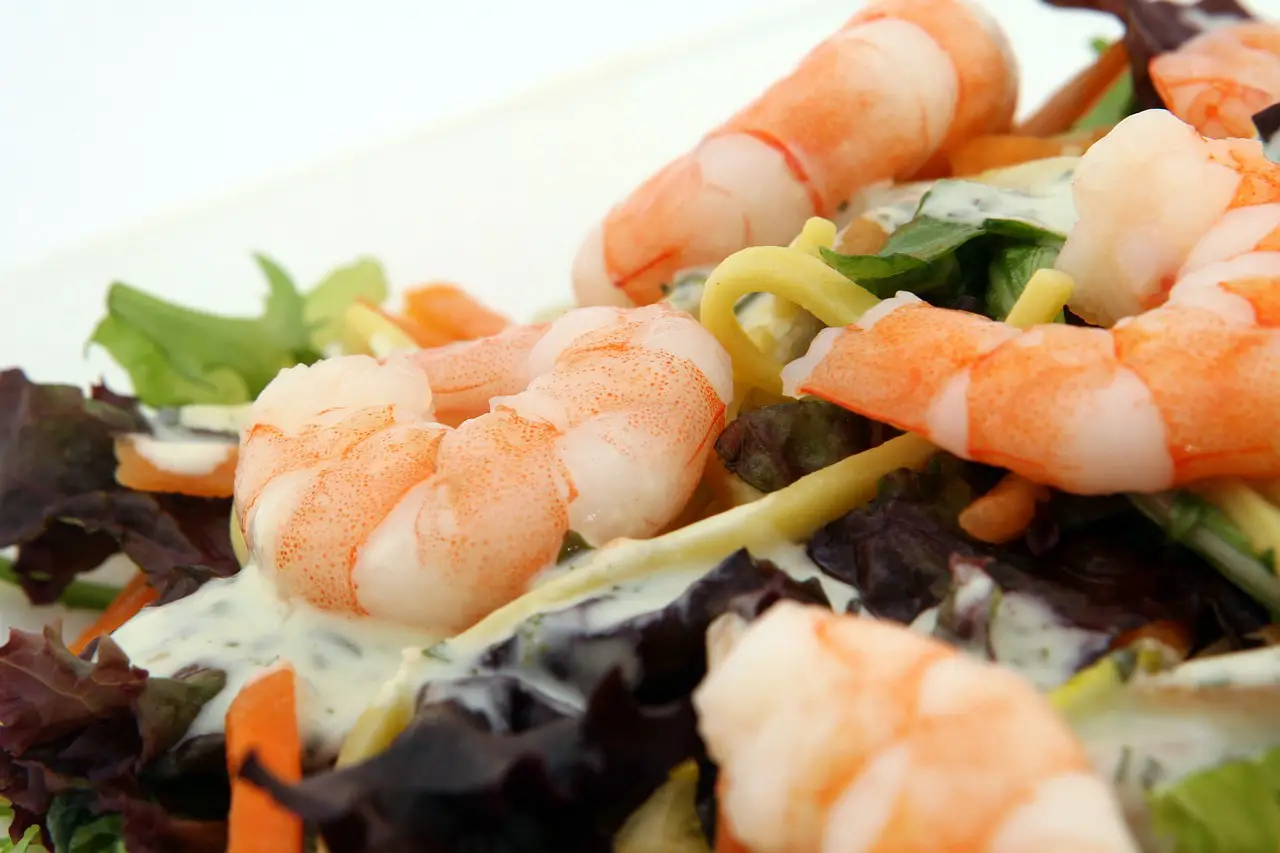
To ensure the safety of cooked shrimp, it is important to follow safe handling and cooking practices. Here are some tips to keep in mind:
- Always wash your hands thoroughly before handling shrimp or any other food.
- Keep shrimp refrigerated until ready to use and cook within two days of purchase.
- Thaw frozen shrimp in the refrigerator or under cold running water. Do not thaw shrimp at room temperature.
- Cook shrimp until it reaches an internal temperature of 145°F (63°C). Use a food thermometer to check the temperature.
- If grilling shrimp, use a grill basket or skewers to prevent them from falling through the grates.
- When cooking shrimp in the oven, place them on a baking sheet lined with parchment paper or aluminum foil to prevent sticking.
- If you don’t have a thermometer, cook shrimp until it is pink and opaque. Avoid overcooking, as this can make shrimp tough and rubbery.
- Shrimp scampi and shrimp cocktail are popular dishes that use cooked shrimp. When making these dishes, be sure to follow safe handling and cooking practices to prevent foodborne illness.
- If you are allergic to shrimp or simply prefer not to eat it, there are several substitutes you can use in recipes, such as crab, lobster, or scallops.
- Delicious shrimp dishes can be enjoyed safely by following these simple guidelines.
Professional Tips for Selecting Fresh Shrimp
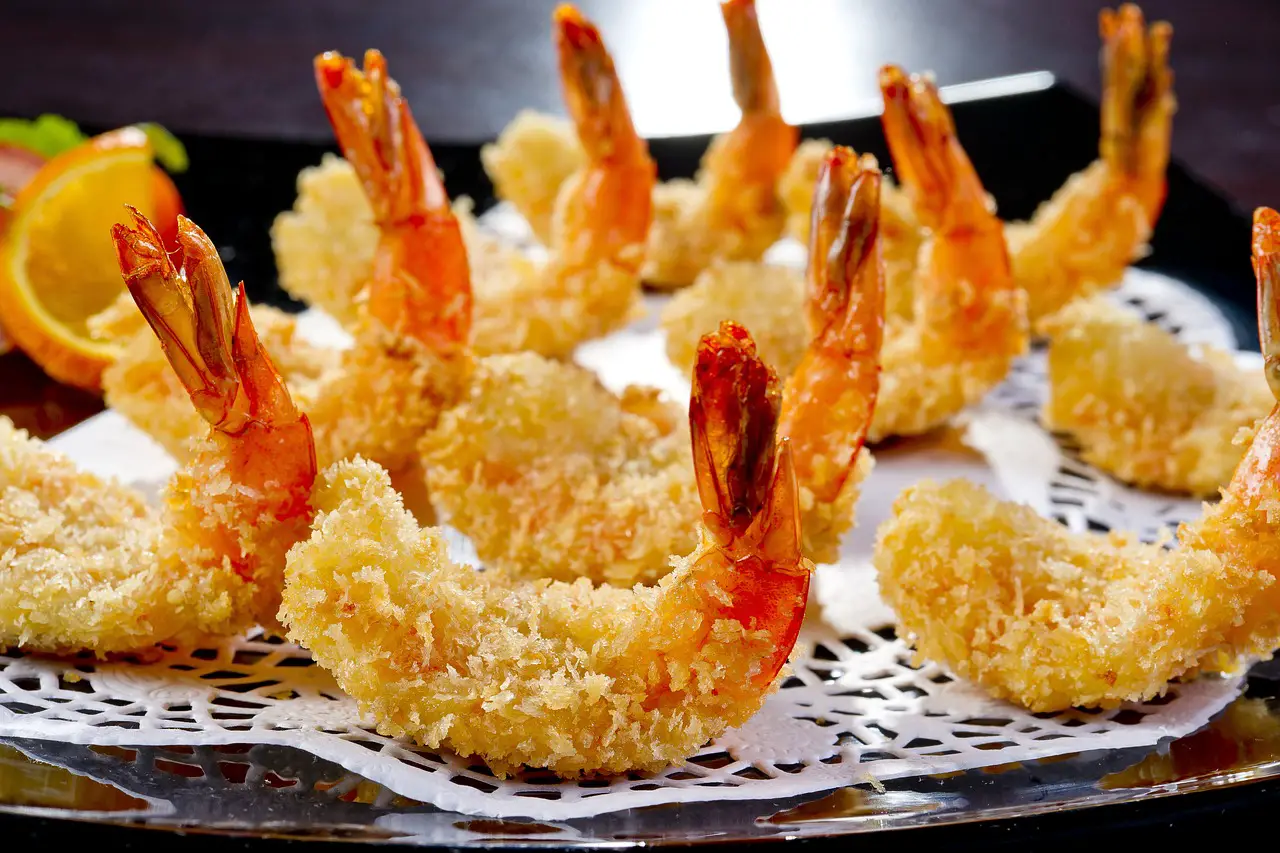
When it comes to selecting fresh shrimp, there are several things to keep in mind. Here are some tips from professionals to help you choose the best shrimp for your dish:
- Freshness: The first thing to look for is freshness. Fresh shrimp should have a mild odor and a firm texture. Avoid shrimp that smells fishy or has a slimy texture.
- Meat: When selecting shrimp, look for meat that is white, with no black spots or discoloration. The meat should also be translucent and not opaque.
- Healthy: Healthy shrimp will have a clean shell and no signs of damage or discoloration. Avoid shrimp with broken shells or black spots.
- Dry: Dry shrimp will have a firm texture and will not feel slimy or wet. Wet shrimp can be a sign of spoilage.
- Wet: However, if you are buying pre-cooked shrimp, it may be packaged in a wet solution to keep it moist. In this case, the shrimp should not feel slimy or have a strong odor.
- Protein: Shrimp are a good source of protein, but it is important to choose high-quality shrimp to get the most nutritional value. Look for shrimp that are labeled as wild-caught or sustainably farmed.
By following these tips, you can ensure that you are selecting fresh, high-quality shrimp for your next meal.